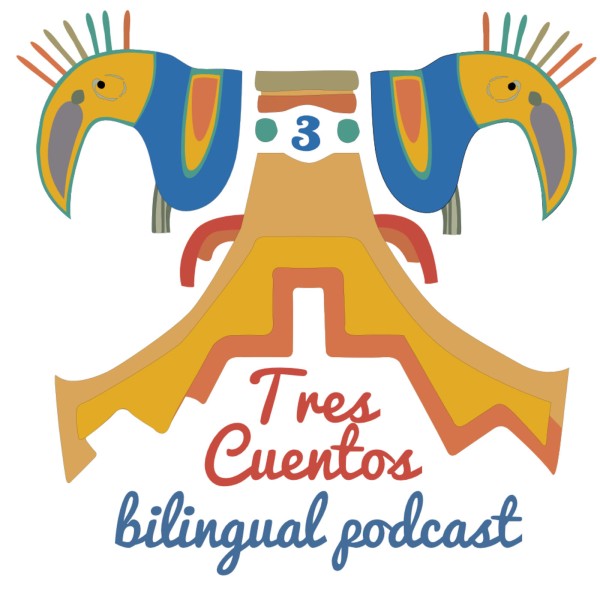Family Activities: Dog Effigy (Quick Tip)
Family Activities: Dog Effigy
By Courtney Klemens, Manager of Family Programs and Emily Perreault, PreK Programs Educator
Create

Stone stories. Ancient Mexicans had a rich history of spiritual stories about creation, life, and death. Animals and humans alike are depicted in ceramic and stone tableaux (scenes that tell a story) that were found in tombs alongside sculptures like Dog Effigy across western Mexico. You can tell your own important story by creating a series of painted stones. Find a handful of stones that have large or flat surfaces. Use paint pens or markers to draw a figure, animal, or object on each stone surface. To tell a story, arrange the stones from left to right and tell a friend what happens to these figures, animals, and objects from start to finish.

Pet pinch pot. Sculptures of dogs like the Dog Effigy were found in ancient tombs throughout Mexico and Central America. Using air-dry clay, make a ball that fits in your palm. Stick your thumb into the center of the ball, and then pinch the sides of the clay to flatten. Pinch little by little until the sides are flatter and taller. Next, add some details to make your pet pot take shape. Create legs by rolling small pieces of clay between your hands, and make another small ball for the head that you can pinch to shape a snout and ears. Add your animal parts by slipping and scoring the clay where you want the details to go; scratch the surface gently with an old toothbrush, and dab water on it. When all parts are joined, use a pencil to carve decorative details onto the surface of your pet. Bonus: when your clay dries, plant a small plant in the container!

Metallic dog portraits. Inspired by the importance of gold in indigenous art from Mesoamerica, create a portrait of your favorite dog in metallic foil. Use a sheet of aluminum foil, or tooling foil if you have it. First, draw a sketch of a dog on a piece of paper. When you’re ready to transfer your image, place your foil on a soft surface, like a piece of felt or a towel, and lay everything flat. Place your drawing on top of the foil and carefully trace the lines with a pencil or skewer to transfer your details into the surface. When your foil drawing is complete, fold over the edges and press flat.

Listen
Discover myths and stories with episodes of the podcast Tres Cuentos. This bilingual series includes stories and historical narratives from across Latin America. Find your new favorite folktale in the Myths section, or learn about Toltec, Aztec, and Mayan legends here.
Read
- Magic Dogs of the Volcanoes/Los perros mágicos de los volcanos by Manlio Argueta, illustrated by Elly Simmons. This bilingual book is an original story featuring cadejos (magical dogs) found in many Salvadoran folktales. The folkloric illustrations beautifully support this narrative.
- The Lizard and the Sun/La Lagartija y el Sol by Alma Flor Ada. This folktale shares the story of the animals who journey to find the sun to restore warmth and light to their community. Read this bilingual story to discover how the emperor and the lizard convince the sun to shine its light once again.
- DKfindout! Maya, Incas, and Aztecs by DK. An introduction to the Mayan, Incan, and Aztec civilizations through photographs of artifacts and facts about the daily lives of children and adults in these ancient empires. Borrow a free copy of this book with your North Carolina library card here.
- Cuauhtémoc: A Bilingual Book of Shapes by Ariana Stein and Patty Rodriguez, illustrated by Citlali Reyes. The simple words and illustrations of objects and places across the Aztec world are perfect for early readers of English and Spanish. Enjoy a bilingual read-aloud here.




